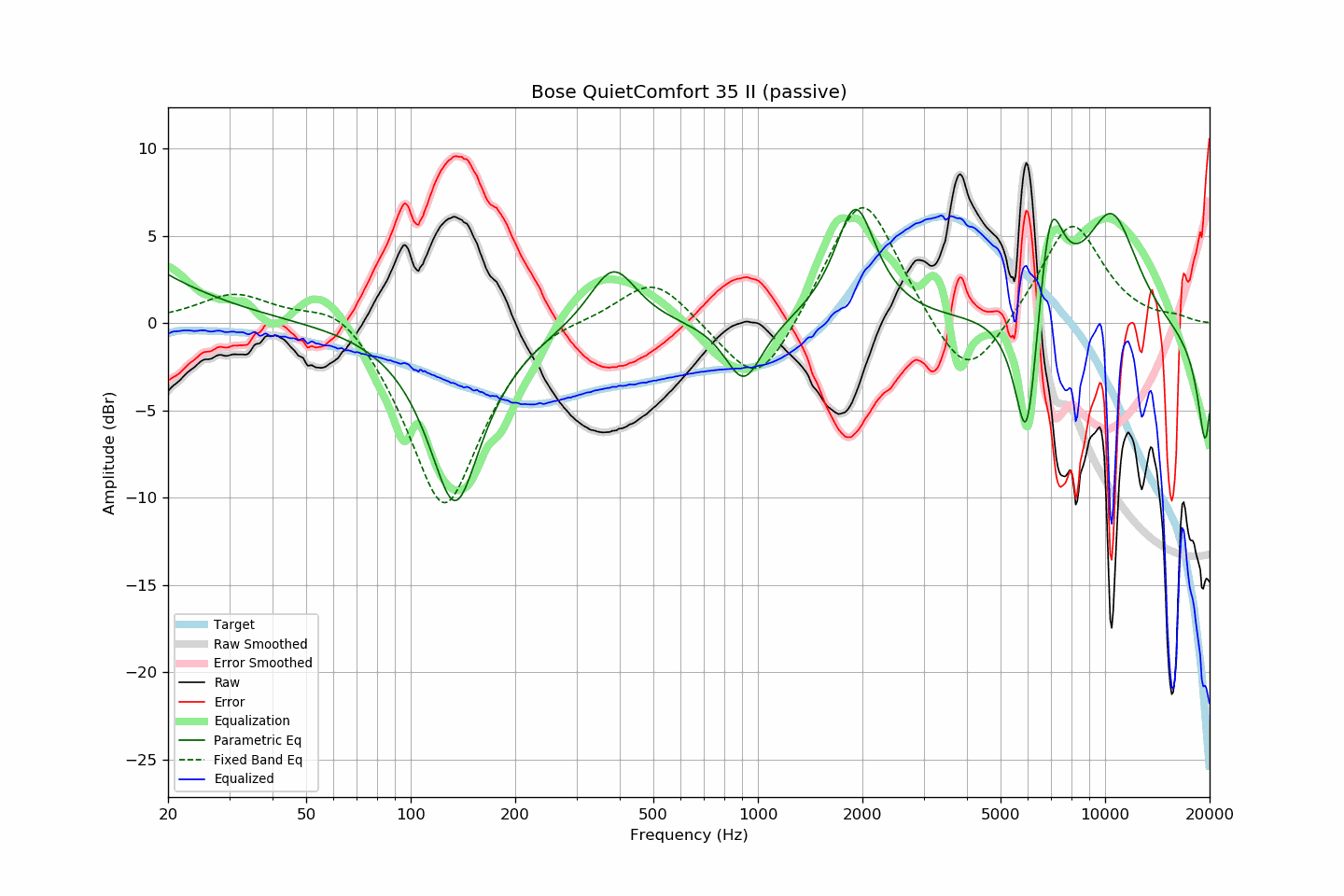I inadvertently posted my perceptual impressions in this forum which were intended for the headphone forum, subsequently realized they were not scientifically objective and I respectfully acknowledged my inadvertence. That said, I would like to add my opinion to the topic at hand.
After high school, a classmate obtained an apprenticeship at Fantasy Studios, in Berekely, CA. We were ardent music fans of jazz in the 60’s and he was gracious enough to invite a few of us over to the studio after hours. He explained everything and demonstrated his new-found knowledge in music recording. I sopped it up to say the least. What is germane to this topic is that the entire studio was wired with Mogami Cable. There was a spool of it and one of his primary jobs was to make the ends and run the connections. As an aside, before I get back on topic, he made a dub from the master two-track he personally made directly from the multitrack master down to a premium cassette. He said, with a grin, that it would blow me out of the water. Needless to say it did.
Back on topic. At that time, before Monster cable, there were no boutique brands of cable. In fact, I came to learn through him, that most major recording studios used Mogami, or its equivalent, due to the excellent RF rejection, flat transmission of the audible frequency band and durability. In later years, as boutique cables hit the market, he advised they would never be adopted in a studio environment primarily due to cost. To buttress his point, he, his colleagues and I auditioned several of the higher end cables in the studio, cabled from the 2 track mix down to the studio amp to the full-range mastering speakers. None of the engineers who had many years of recording experience among them, nor I, could hear any difference whatsoever.
The supply house in Oakland, who serviced the studio, as well as the local musician community had a massive auditioning room where one could listen to components. It was fully custom wired in Mogami throughout. When building my system, I baited one of the reps, my good friend, in tongue-n-cheek-jest if he would recommend a more revealing boutique cable. He immediately called in his colleagues and they explained, yes they carried Monster for the non-studio crowd, but they strongly advised me to stay on course with Mogami and making my own cables to suit. To prove the point, they brought in Monster Cable, a few other higher end cables of the era and some generic wires for an audition. No one in the room could hear the slightest difference listening through that multi thousand dollar system which was used in most of their clients’ recording studios. So why buy the boutique cables was the inescapable question? I didn’t have the nerve to say it was a put-on and took the lesson. Incredible sound to say the least.
My conclusion from these experiences, expressed in a single summary point: Music is recorded on Mogami so how can a cable add anything it didn’t capture in the first place. Cables can smear, obscure or even tilt frequencies as an equalizer somewhat, if poorly made, but a spectrum sweep of a cable should be true to the audible frequency-band input, and therefore transparent. In fact, that is how the supply house evaluated and tested everything that came through their shop as a prerequisite to selling the component to the studios. That, they stated, was what they based their reputation on and was the end of the discussion about cable differences. The rest, they said, was just auditory and fiscal ignorance - their words. I prefer to say, if you hear it, like it, can afford it - buy it. Not my place.
To that, I would lastly add, that one of the engineers in the studio supply house also helped a friend in his consumer stereo shop. They used to laugh when someone bought extravagantly expensive boutique cables, but would recite the mantra: A fool and his money...
My home system has been cabled in mogami since I built it many years ago. For full disclosure, I should add that my main listening system is entirely tube based with Magnaplanars because that is what I bought over thirty years ago and have been fully satisfied with the sound reproduction. I also use a SS studio amp in my recording rack that is extremely competent. One would be hard-pressed to tell the difference between the two, although measurements will reveal them, but auditory-wise I am accustomed to their sound. Ears do that. The gear has Peter Dahl Transformers and sounds glorious late at night, but I digress...
A couple of years back, my colleague went on to win a Grammy for recording excellence.





















